what is a CNC Machine?
CNC stands for Computer Numerical Control. A CNC machine is a device that can instruct different axes to perform predefined movements in various directions on a workpiece. In the past, almost all of this work was done by an operator. Imagine you have a piece of metal or wood and want to cut it to extract your desired shape. For this, you need to fix the workpiece under the cutting tool to make the necessary changes. After each cut, you need to change the position of the workpiece or the cutting tool to make the next cut. In addition to the significant time consumed by this process, the accuracy and delicacy of the final product might not be impressive due to the impact of human force in the process; for example, the machine operator may apply more or less pressure on parts of the workpiece, resulting in uneven cuts. Additionally, the workpiece may require very high temperatures for cutting, which human operators might not be able to handle. All these difficulties led to the development of a machine in the early 1940s that could perform operations like material removal, engraving, milling, turning, etc., on various surfaces with minimal human intervention. This machine is a CNC machine. CNC machines are used in various industries and can be likened to a large robot that receives commands and executes them after processing. We will learn more about the operation of different types of CNC machines.
How a CNC Machine Works
The operation of a CNC machine is based on processing the instructions received from the machine operator. Any change required on the desired surface is a combination of movements in different directions. For example, for the tool to penetrate the surface, it must move downwards in the Y-axis; or for a horizontal cut, the tool must move left or right along the X-axis. Generally, by moving the tool in the three main axes, namely X, Y, and Z, various movements for the tool can be created. The number of axes a CNC machine can move in is a criterion for categorizing these machines. For instance, more advanced CNC machines can create rotational movements for the tool or the table on which the workpiece is placed. The more axes the machine has, the greater the freedom the operator has in producing the final product.
To work on the desired surface, we need to identify the movements the tool should have on the surface and translate them into the computer language of the CNC machine. Another factor that must be determined by the operator is the speed of the tool’s movement. For example, if there is an instruction for the tool to move 5 millimeters in the Y-axis, the time it takes for the tool to travel this path must also be specified. The programming language of the CNC machine is called G-Code. The machine operator writes the instructions in G-Code, and the computer of the machine converts these codes into a language understandable for the CNC machine and executes them one after the other. In this way, the necessary operations are performed on the desired surfaces.
Difference Between NC and CNC
The NC (Numerical Control) machine preceded the CNC (Computer Numerical Control) machine. CNC can be considered as an evolved form of NC. With technological advancements, the use of computers in NC machines became feasible. One of the most important and sensitive steps in working with NC machines has been the numerical calculations related to the displacement of the axes. With the use of computers, these calculations are performed with higher precision and speed, which is a significant advantage of CNC machines over NC machines.
Creating input for a CNC machine and converting this input into output requires CAD (Computer-Aided Design) and CAM (Computer-Aided Manufacturing) software. CAD software is used for designing a structure, while CAM software is used to produce a structure from a design.
Types of CNC Machines
CNC machines vary in many ways. For instance, based on different surfaces, they can be categorized into CNC machines for wood and MDF, metals, plastics, glass, stone, etc. Or, based on their function, they can be divided into CNC lathes, milling machines, laser cutters, waterjet cutters, wire cutters, etc. In terms of size, they can be classified into small tabletop CNCs and large industrial CNCs. For home use, you can buy a CNC kit and assemble it. We will first become familiar with the types of CNC machines based on their function and then based on the material of the workpiece.
CNC Milling Machines
You might mistakenly consider the function of milling and lathe machines to be the same. The fundamental operation of milling and turning is different; generally, turning is defined as when the workpiece is in motion or rotating, and the tool is stationary, whereas milling is defined as when the workpiece is stationary, and the tool is moving. One of the main uses of CNC machines is in milling.
CNC Lathe Machines (CNC Turning Machines)
This machine is one of the most commonly used CNC machines. In a CNC lathe, the surface of interest spins at high speed, and with the movement of the cutting tool on the surface, material removal is done with high speed and precision. CNC lathes usually move in two axes, X and Z. To view different types of mini lathes and purchase them, you can refer to the mini lathe purchase page.
CNC Laser Machines
Laser cutting with a CNC machine is a non-contact, heat-based manufacturing process that can be used for both metallic and non-metallic surfaces. The use of CNC laser machines, like any other method, has its advantages and disadvantages. One of the advantages of this method for cutting is that it can cut various surfaces such as ceramic, plastic, wood, glass, and metal. Another advantage is that, unlike manual and traditional methods where the final product does not have suitable accuracy, in this method, the cutting accuracy is very high; therefore, it can be used in industries that require precise cutting of parts. Also, in this method, there is no direct contact between the work surface and the nozzle; therefore, the likelihood of contaminating the work surface is reduced.
The disadvantages of CNC laser cutting include the inability to cut some thick metals. Also, the presence of laser beams is harmful to human workers and can cause burns. Additionally, the cost of laser cutting is usually higher than other cutting methods.
Waterjet (Water Cutting) Machine
As the name implies, a waterjet machine uses water to cut various surfaces. Water under high pressure can cut even the hardest surfaces. For cutting granite and metal surfaces, a waterjet machine can be used.
One of the problems with cutting metals with a laser is that some metals cannot withstand the high heat generated in this method and the excessive heat causes the metal to melt and deform. In these cases, the best way is to use a waterjet machine. The smaller the nozzle diameter in the waterjet method, the higher the water pressure will be, and consequently, the cutting precision will increase. In some cases where the work surface has high resistance, materials such as gravel are dissolved in water to increase the cutting power of the water. Waterjet machines are used in various industries such as aerospace, glass, woodworking, and automotive.
CNC Wirecut Machine
A CNC wirecut machine is another tool for cutting surfaces. In this machine, the work surface is placed between two electrodes, and by discharging electrical current between the two electrodes, it is possible to shape the desired surface. By bringing the electrodes closer or further apart, the intensity of the electric field can be increased or decreased, thus providing the appropriate electric field for cutting each surface.
Latest Articles in your inbox
Subscribe to our newsletter to get the newest manufacturing and industrial services articles in your inbox once a week.

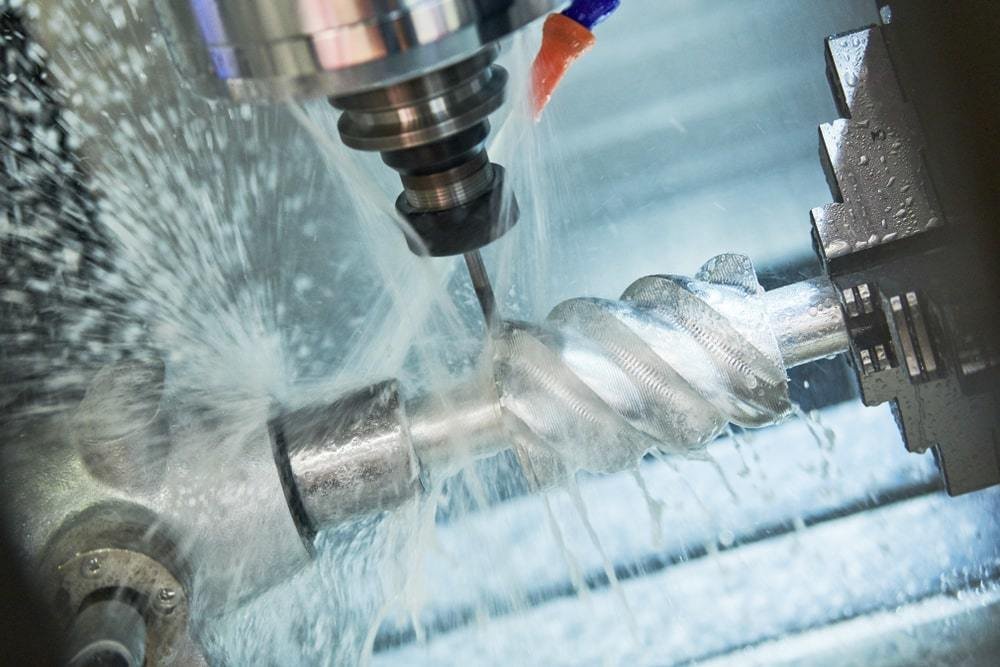

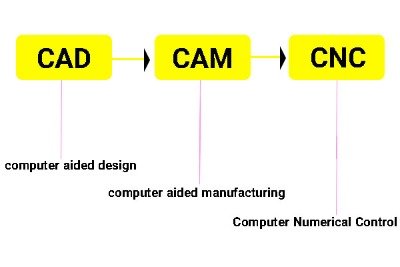
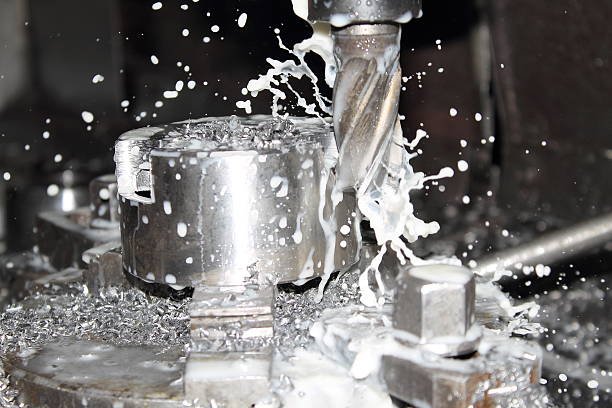
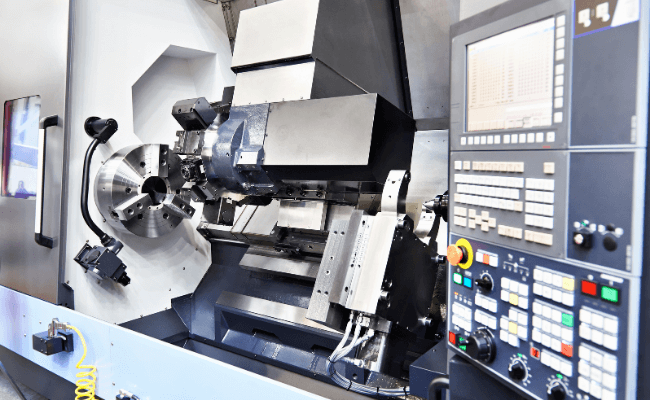
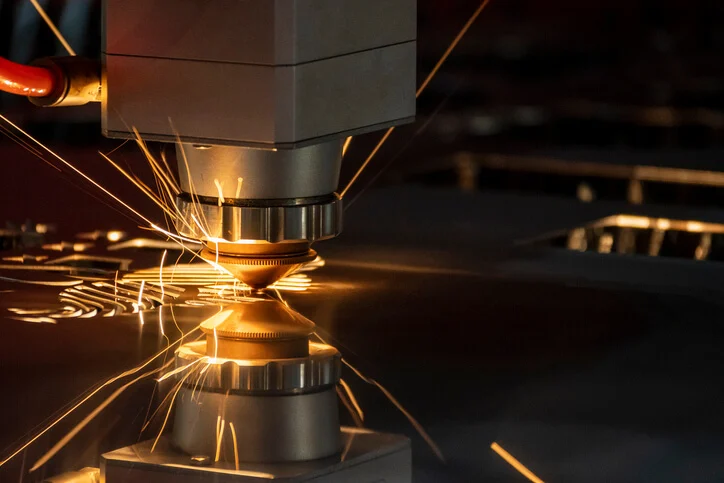
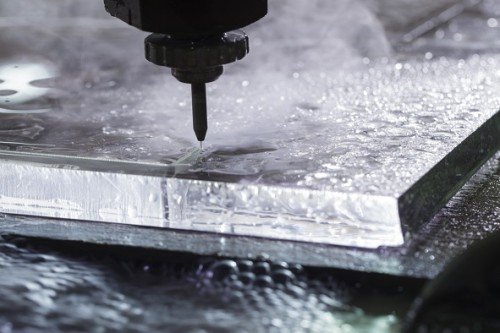

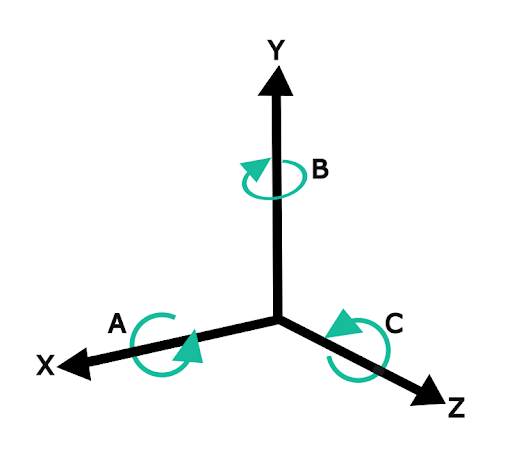
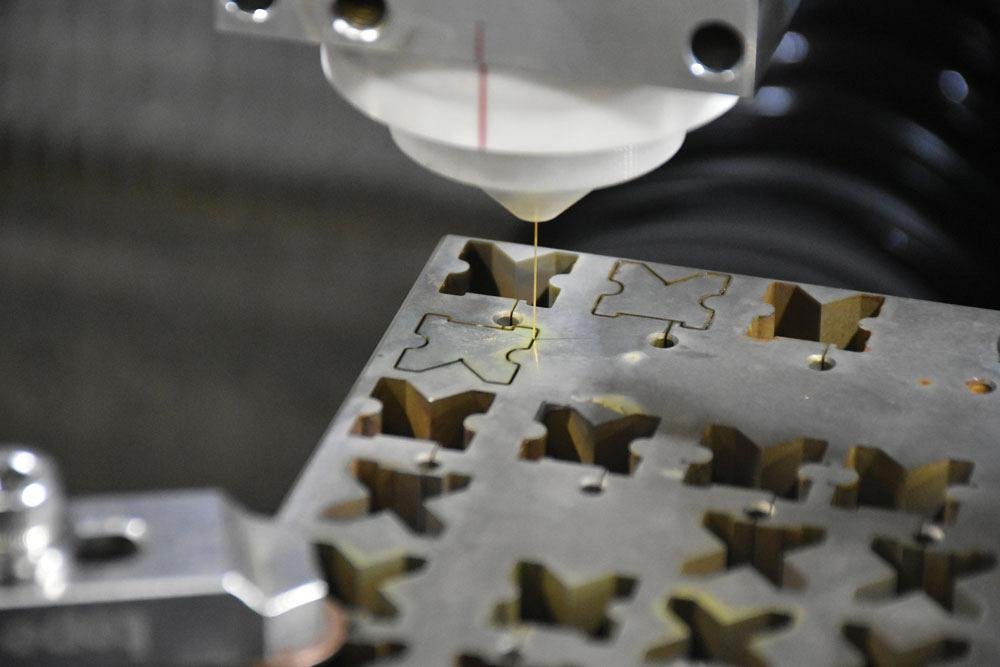
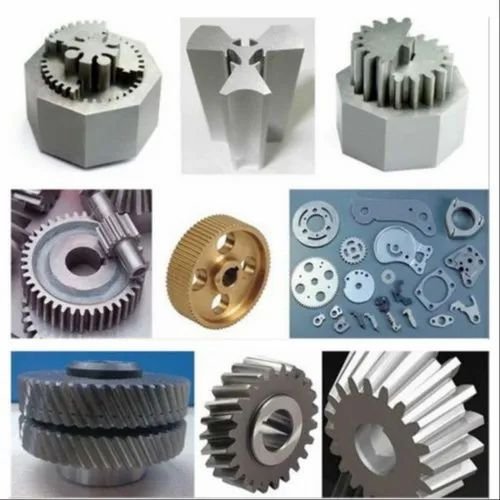
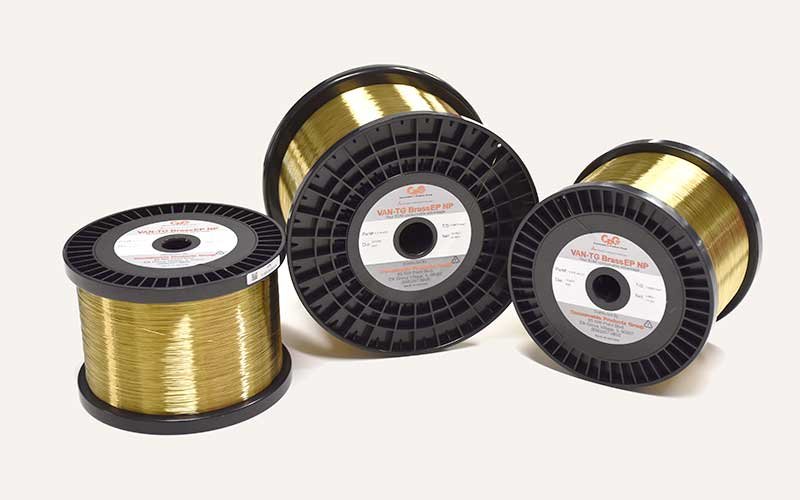
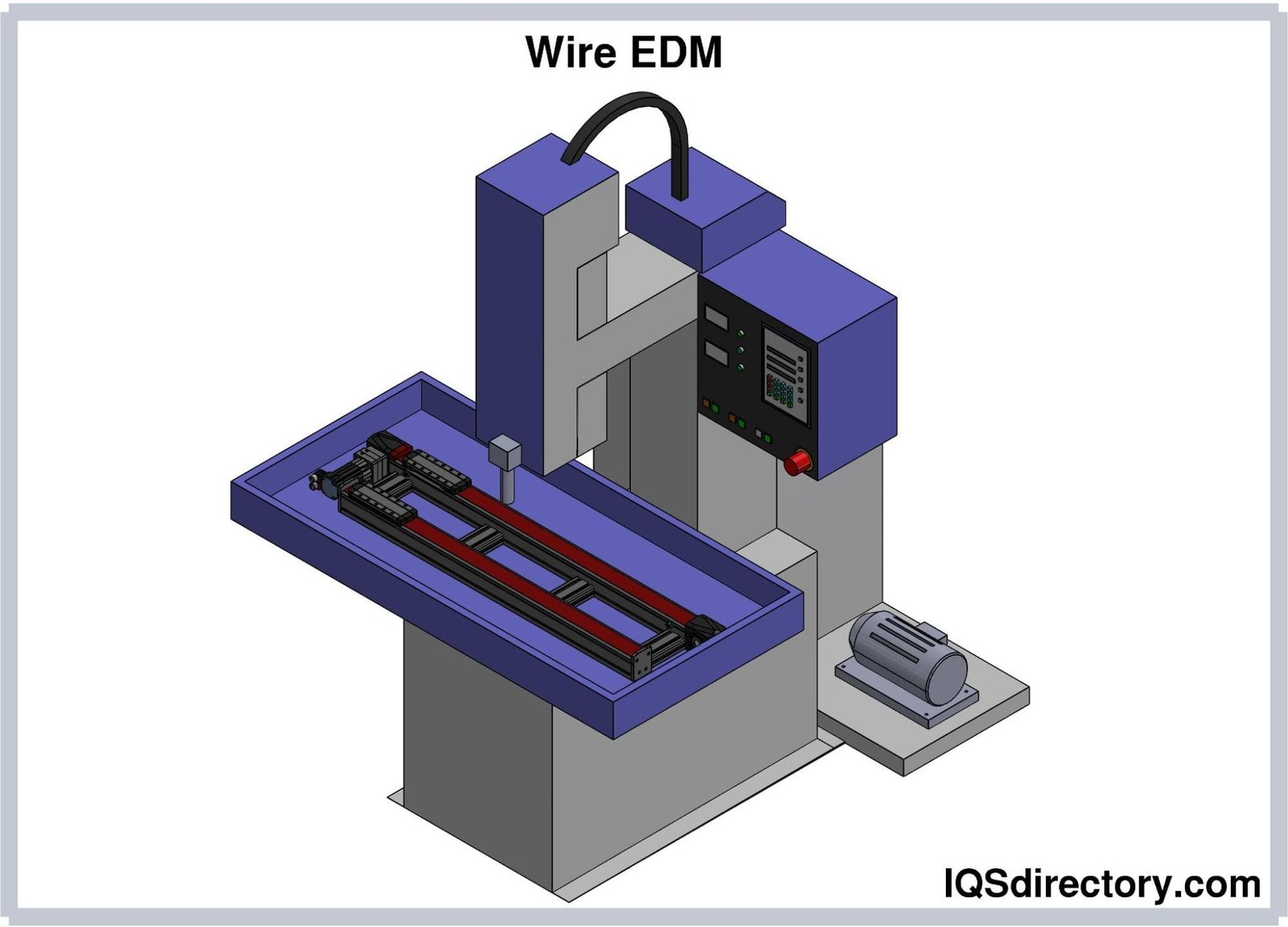

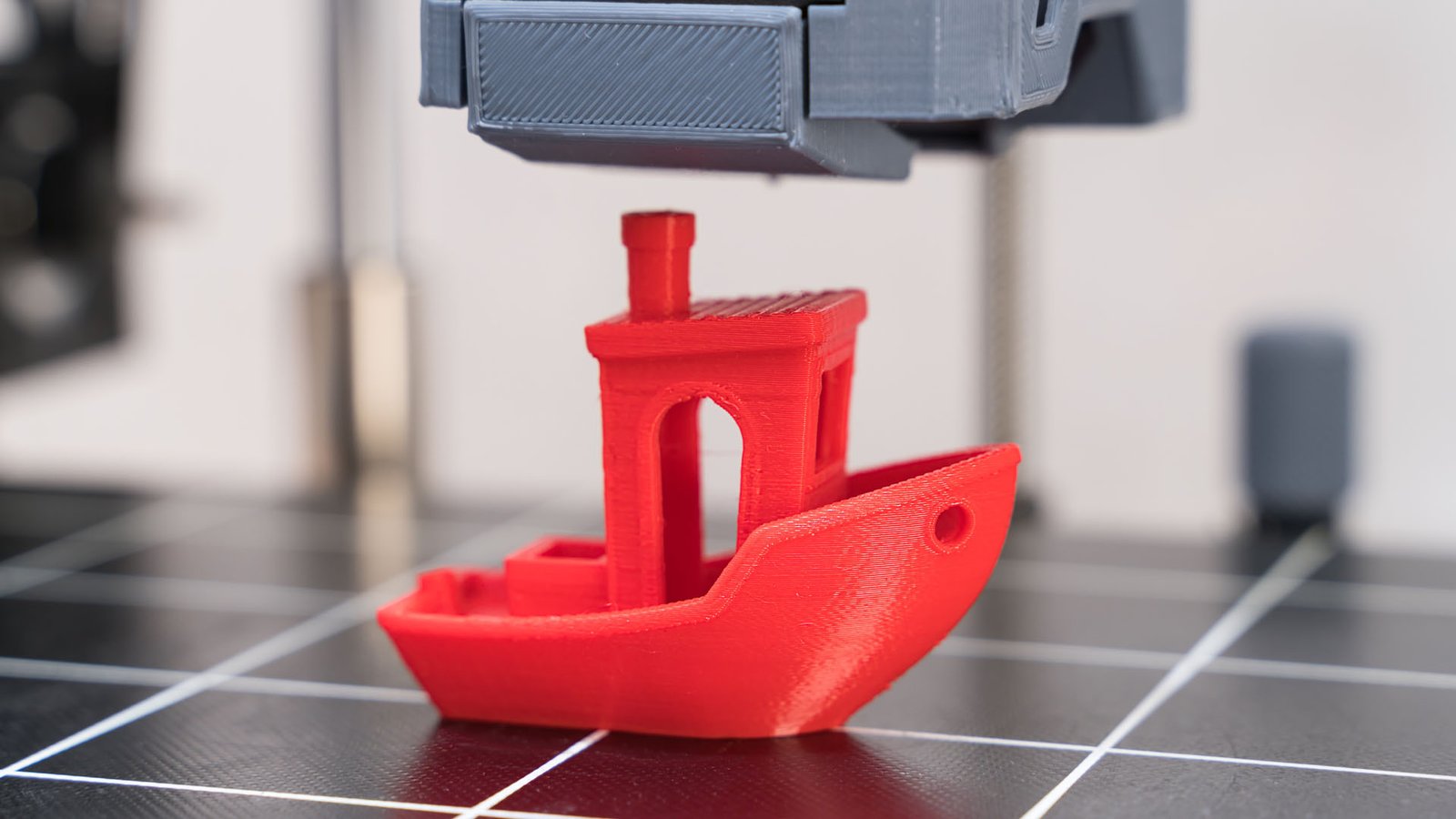
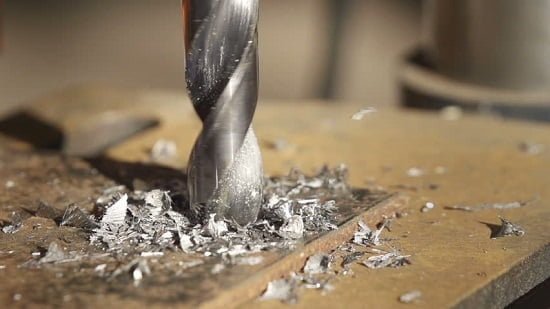
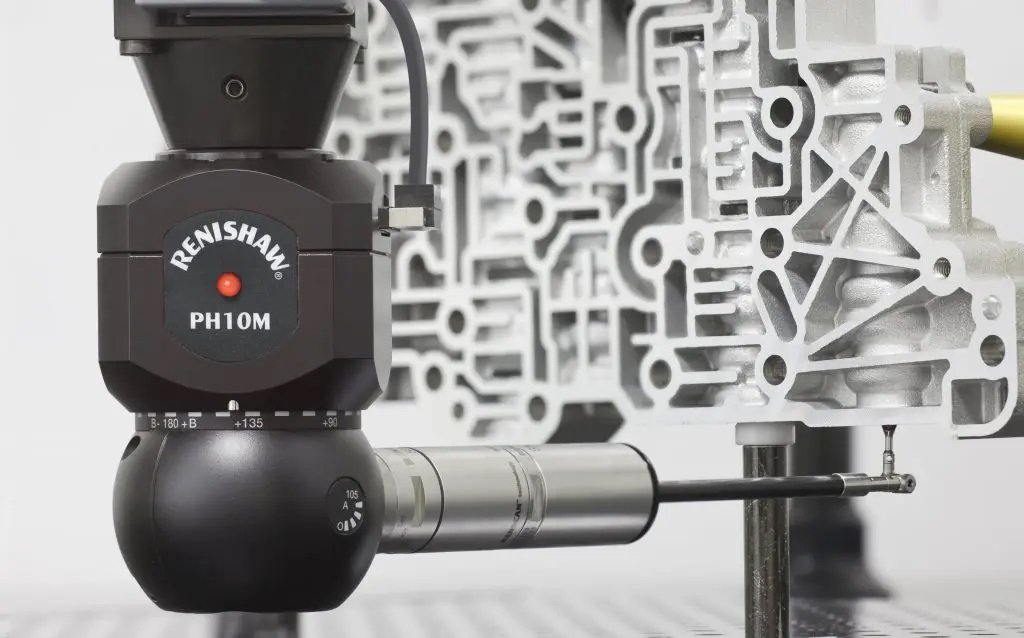
Impressive precision and efficiency! The CNC machine showcased here truly highlights the future of manufacturing. It’s incredible how technology continues to revolutionize the industry. #CNCmachine #Innovation.
I enjoy looking through a post that can make
people think. Also, many thanks for allowing me to comment!
Excellent overview of CNC machining! The level of accuracy and consistency it brings to manufacturing is invaluable, especially when dealing with intricate components or custom prototypes. The integration of CAD/CAM software has streamlined the entire process, making design-to-production cycles faster and more reliable. It’s fascinating how multi-axis CNC machines are pushing the boundaries of what’s possible in metal and plastic fabrication.